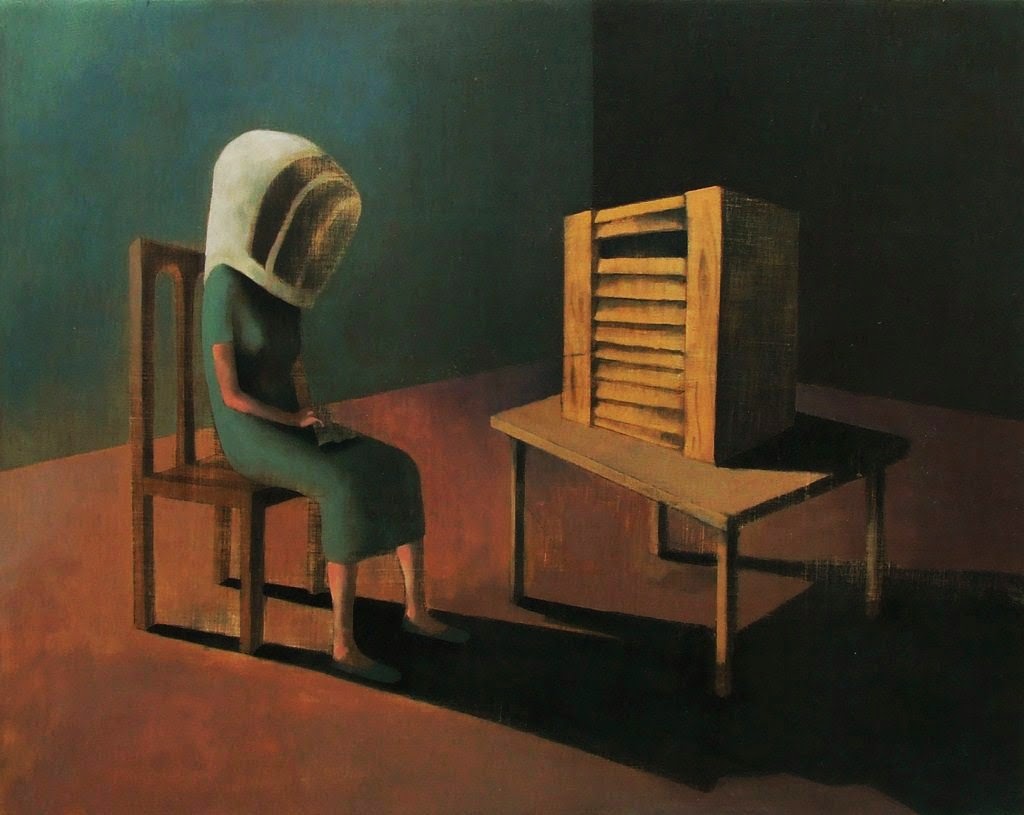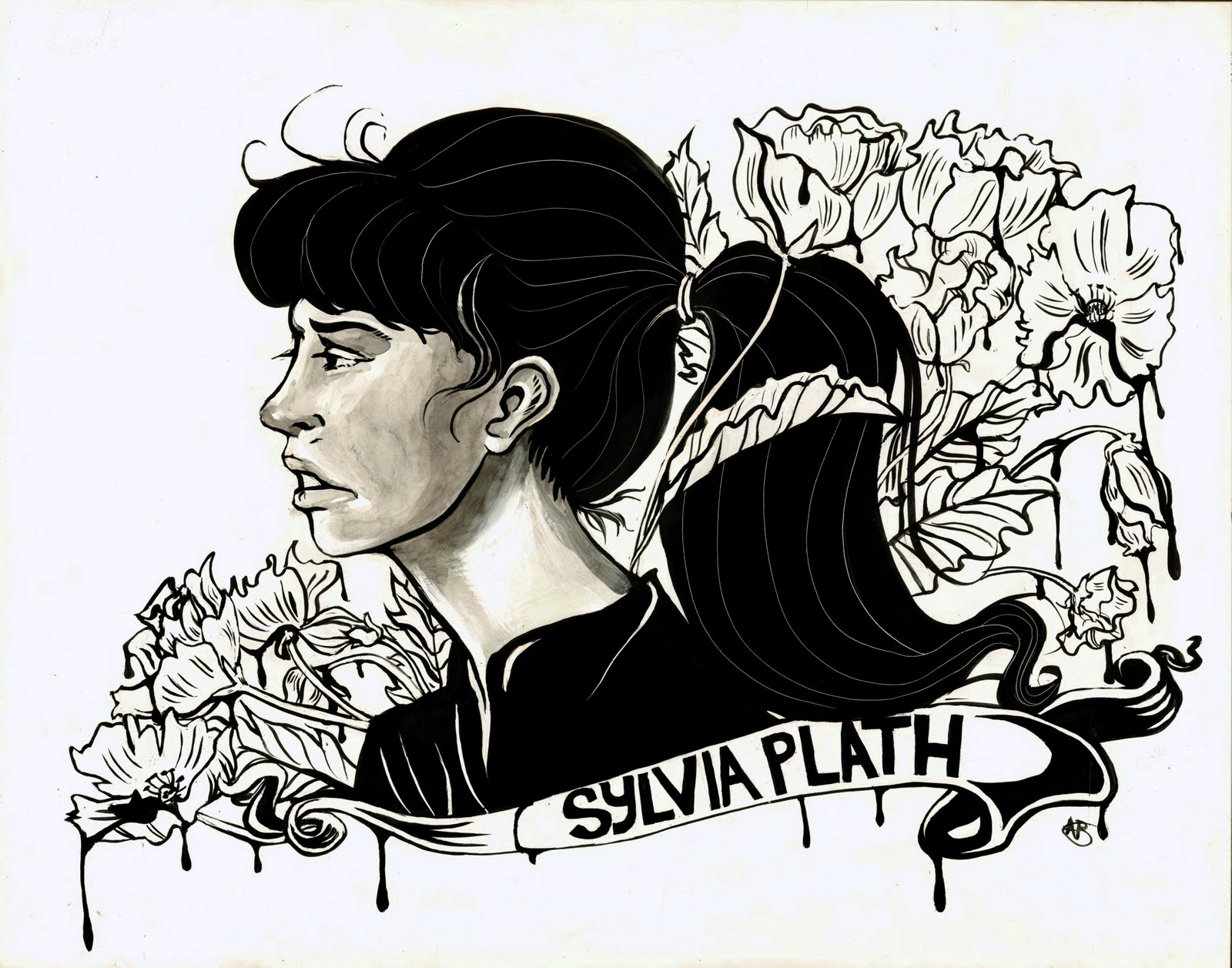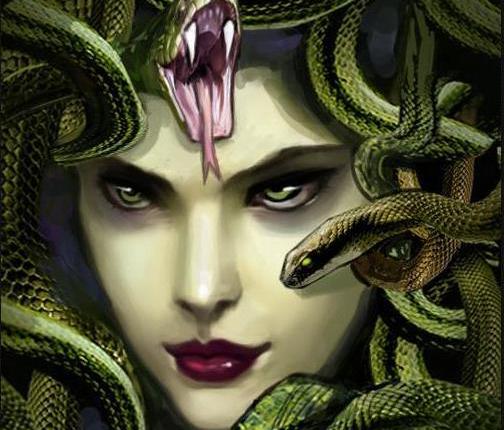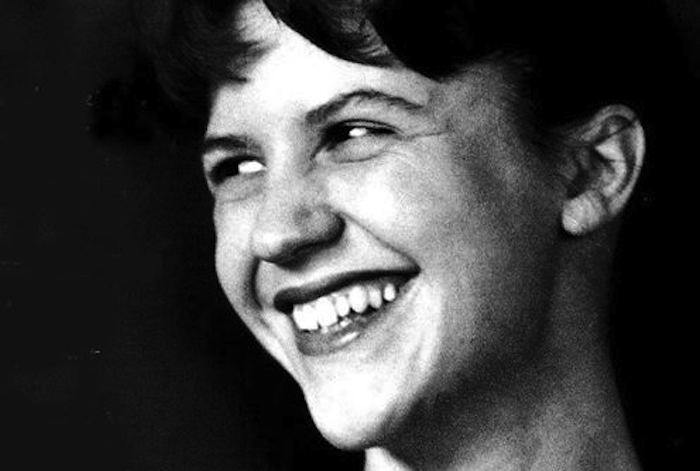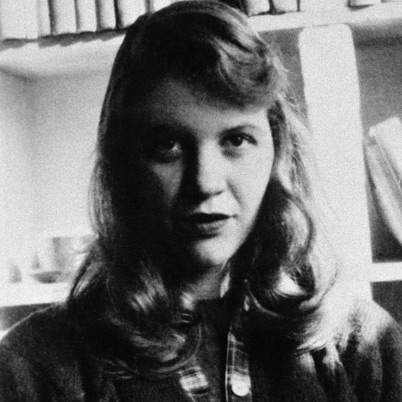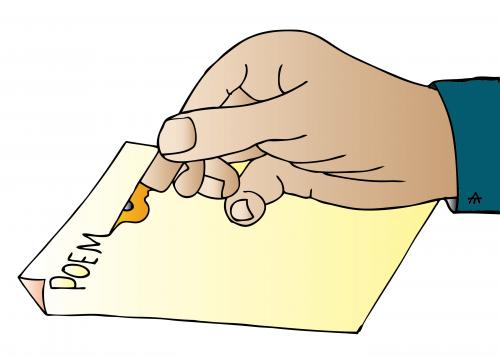The poem was first published in the anthology with the namesake in 1960. It contained another forty four poems. The title makes us remember the famous lines from Shakespeare’s Julius Caesar, “ . . . why , man, he doth bestride this narrow world/ like a colossus.” (I, ii, 135-36.) The reference could be made to legendary bronze statue of Apollo at Rhodes.
The theme of the poem is her mourning for her father. She compares her father with a huge statue, a remnant of a fallen god. In fact it is not the loss of the body of her father that matters to her but the loss of the psychological security. She tries to recover her lost security by trying to tend to the fallen statue. The tone of the poem is that of loss and mourning. The tone is also that of a surprised grief. The poetess is surprised at the enormity of the absence in front of her, whose presence as a ghost nevertheless never fails to tease her.
The poetess is exhausted by her continual efforts to make sense of the figure that stands before her. She tries various means to elicit a response but only gets gibberish in return. Half-satiric, Plath is frustrated at her attempts to understand the facts about the statue. Ironically she says that the statue could be an oracle that hardly speaks. The poetess makes a huge effort to keep the statute in good repair and yet she finds herself to be of insufficient stature to do the same. Perhaps aware of the loss of the roof above us, she marks the sky as her roof.
She calls the statue a store house of memories. Yet these memories are scattered everywhere which is certainly not easy to recollect. Commenting upon the uniqueness of the figure the poetess says that it will not be easy to create anything like it. Yet the statue offers shelter to the battered poet or her psyche. The waiting of the poetess for her answers is long and though the dawn has come upon the world the poetess is still at a loss for answers. She seems to have given up and the poem ends at a sad note. She does not expect any new development but seems to have stuck to her job without any reward.
The contrast of words, like ‘pieced’, ‘glued’, ‘jointed’ etc. which are juxtaposed to the mule, pig or the metonymy for birds is quite unique. While the former words refer to deliberate constructions as opposed to nature, the latter words express animal spontaneity. Irony abounds in the comparison of the rubbish that seems to come forth from ‘great lips’. Dredge and silt appears perfect metaphors to be understood in terms of unfathomable depths of silence that death leaves. Breathing the air of postmodernist consumerist air, Plath mentions Lysol, a cleaning agent.
She did something similar in Ariel by mentioning, the brand of a chocolate popular in her times. The diminutiveness of her psychological existence vis-a-vis her father’s stature in her life is well communicated through the ant metaphor. While the ‘skull plates’, the ‘white tumuli’ of the eyes are specific terms pertaining to anatomy. These words might make the lay reader go to the nearest dictionary which in turn could break the flow of the poem. This is something which the Confessional poetry was against. But people often break the rules that they make. ‘Orestia’, ‘Roman Forum’, and ‘fluted bones’ and ‘asanthine’ pose the same problem of initial resistance of meaning or its delay. In fact, the modernists who were often criticised for delaying the comprehension, had used these metaphors to do the same.
A similar word is ‘cornucopia’. While ‘keel’ is a specific term of the marine register, the worlds ‘red’ and ‘plum colour’ do bring back the flavour of simplicity. This deliberate retention of meaning could be associated with Plath’s ‘anal retentive’ tendencies that young children often are found to be dealing with. According to Freud a child often retains his/her excrements usually to show her/his stubbornness etc. and produces them for the delight of the parent figures. However, this association could be completely ruled except given the psychological nature of the poem and the entire oeuvre of Plath’s poetry.
Plath establishes a contrast between past glory and present downfall, and also between the big and the small. Presented in the same framework as the fallen god, is a diminutive persona, who, in contrast with the massive statue, as “an ant in mourning”, and must tend it as best she can. In contrast between the statue’s bulk and the attendant’s puniness one is reminded of Swift’s portrayal of Gulliver in the land of Lilliputians. The relationship between the statue and the attendant is akin to that between a master and his slave, the latter in servile obedience to the former: “Thirty years now I have laboured/ To Dredge from your throat.” There is an acceptance by the speaker of her inferior role. Plath seems to be engaged in a thankless job, with no hope of ever being free of it. She resigns to fate.
“The Colossus” explores Plath’s identification and resurrection of the father, at a time when she has returned to her country of birth . . . it points up how the poem is exploring the relationship Plath has between male and female integrated self, her English and American self, playing out both on screen and in still images, part of her continuing mythology of her relationships with men. The ending also offers an allegory of Plath’s self-constitution as a poet, or a kind of manifesto. The merciless conditions of the first section are the necessary grounding for the transcendence realised in the final turn towards the stars and the sunrise.
This signifies not surrender but a recognition on the part of the speaker that her subject, and the resources she needs to make something of it, are to hand. ‘The Colossus’ provides an interesting example with which to consider the question of how to interpret poetry that seems so visibly to gesture towards a biographical context or source.
Some online learning platforms provide certifications, while others are designed to simply grow your skills in your personal and professional life. Including Masterclass and Coursera, here are our recommendations for the best online learning platforms you can sign up for today.
The 7 Best Online Learning Platforms of 2022
- Best Overall: Coursera
- Best for Niche Topics: Udemy
- Best for Creative Fields: Skillshare
- Best for Celebrity Lessons: MasterClass
- Best for STEM: EdX
- Best for Career Building: Udacity
- Best for Data Learning: Pluralsight

